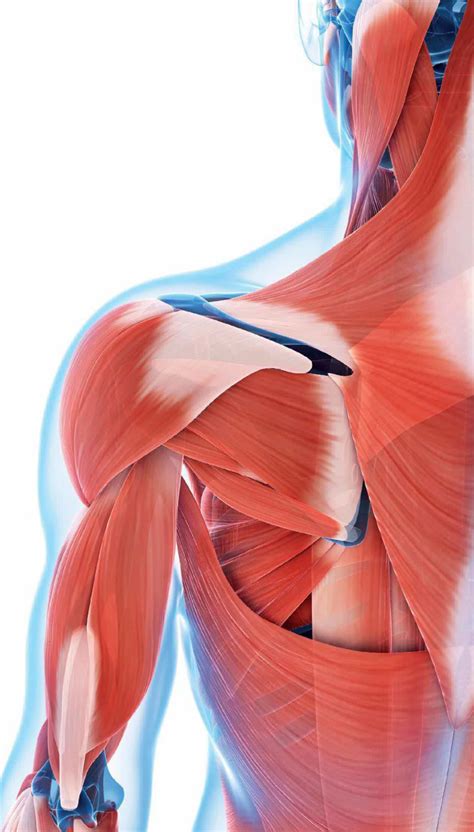Optimize male strength: How to smash plateaus for peak power?

Every dedicated lifter eventually faces it: the dreaded strength plateau. You’re putting in the work, eating right, and yet, the numbers on the bar refuse to budge. This stagnation can be incredibly frustrating, leading to demotivation and a sense of hitting an insurmountable wall. But for men aiming for peak power and continuous gains, a plateau isn’t an endpoint – it’s an opportunity to re-evaluate, strategize, and come back stronger.
Understanding the Strength Plateau
A strength plateau occurs when your body adapts to the current training stimulus, and the principles of progressive overload are no longer being met. Your muscles, nervous system, and even your mind become accustomed to the routine, requiring a new challenge to continue growing and getting stronger. Recognizing the signs – stalled lifts, lack of motivation, or persistent fatigue – is the first step toward breaking free.

Common Culprits Behind Stalled Progress
Before implementing solutions, it’s crucial to identify why your progress has halted. Common reasons include:
- Lack of Progressive Overload: Not consistently increasing weight, reps, sets, or time under tension.
- Insufficient Recovery: Overtraining, poor sleep, or inadequate rest days hindering muscle repair and growth.
- Poor Nutrition: Not consuming enough calories, protein, or micronutrients to support intense training and recovery.
- Program Stagnation: Sticking to the same exercises, rep ranges, and set schemes for too long.
- Mental Fatigue: The psychological toll of consistent heavy lifting can lead to a lack of focus and drive.
- Technique Flaws: Inefficient form can prevent further strength gains and increase injury risk.
Strategic Approaches to Smash Through Plateaus
1. The Power of Deloading and Periodization
Sometimes, the best way to move forward is to take a step back. A deload week, where you reduce your training volume and intensity significantly (e.g., 50-70% of usual), allows your body to fully recover, repair tissues, and resensitize to training. When you return to your regular intensity, you’ll often find yourself stronger.
Periodization involves systematically varying your training program over time. This could mean alternating between strength phases (low reps, high weight) and hypertrophy phases (moderate reps, moderate weight), or using undulating periodization where intensity and volume fluctuate within the week. This keeps your body guessing and constantly adapting.

2. Optimize Your Nutrition and Supplementation
Your diet is the fuel for your performance and recovery. Ensure you’re in a slight caloric surplus, especially if muscle growth is your primary goal. Prioritize high-quality protein (1.6-2.2g per kg of body weight) to support muscle repair. Don’t neglect complex carbohydrates for energy and healthy fats for hormone production. Consider foundational supplements like creatine (proven for strength and power) and a high-quality protein powder if dietary intake is insufficient.

3. Master Recovery: Sleep, Hydration, and Active Rest
Muscles don’t grow in the gym; they grow during recovery. Aim for 7-9 hours of quality sleep per night, as this is when your body produces the most growth hormone and testosterone. Stay well-hydrated throughout the day, as dehydration can severely impact performance and recovery. Incorporate active recovery methods like light cardio, stretching, or foam rolling to improve blood flow and reduce muscle soreness.

4. Technique Refinement and Variation
Review your lifting technique. Often, a slight adjustment in form can unlock new strength levels and prevent injury. Film yourself or have a knowledgeable spotter evaluate your lifts. Introduce accessory exercises that strengthen weak points in your primary lifts. For example, if your bench press is stuck, incorporate dumbbell presses, push-ups, or tricep extensions. Experiment with different rep ranges (e.g., 5×5 for strength, 3×8-12 for hypertrophy), tempo training, or drop sets to shock your muscles.
5. Mindset Matters: Mental Toughness and Goal Setting
A strong body needs a strong mind. Visualize success before your lifts. Set clear, challenging, yet realistic goals. Sometimes, a plateau is as much mental as it is physical. Believe in your ability to push through, and remember why you started. A positive, persistent mindset can provide the extra edge needed to break through perceived limits.
Integrating a Holistic Strategy
Smashing through plateaus is rarely about one single trick. It’s about a holistic approach, intelligently combining these strategies. Analyze your current routine and lifestyle, identify your weakest links, and systematically address them. Implement changes one or two at a time to accurately assess their impact.

Hitting a strength plateau is a rite of passage for anyone serious about optimizing male strength. It’s a signal that your body is ready for a new challenge, not that you’ve reached your limit. By strategically deloading, varying your training, fine-tuning nutrition and recovery, refining technique, and cultivating a resilient mindset, you can not only smash through existing plateaus but also build the framework for continuous peak power and strength gains for years to come. Stay consistent, stay smart, and keep pushing your boundaries.









